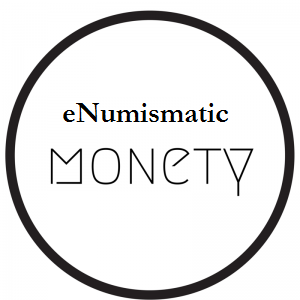
Origins
Originated in the United states, as discussed below: In the United States, techno was primarily developed by "The Belleville Three", a cadre of men who were attending college, at the time, near Detroit, Michigan. The budding musicians, former high school friends and mix tape traders Juan Atkins, Derrick May, and Kevin Saunderson, found inspiration in Midnight Funk Association, an eclectic, 5-hour, late-night radio program hosted on various Detroit radio stations including WCHB, WGPR, and WJLB-FM from 1977 through the mid-1980s by DJ Charles "The Electrifying Mojo" Johnson. Mojo's show featured heavy doses of electronic sounds from the likes of Giorgio Moroder, Kraftwerk and Tangerine Dream alongside the funk of Parliament and the new wave sounds of the B-52s.
Techno has since been retroactively defined to encompass, among others, works dating back to "Shari Vari" (1981) by A Number Of Names, the earliest compositions by Cybotron (1981), Donna Summer and Giorgio Moroder's "I Feel Love" (1977), "From Here to Eternity" (1977) and the more dancefloor-orientated selections from Kraftwerk's repertoire between 1977 and 1983.[citation needed] These electro-disco tracks share with techno a dependence on machine-generated beats and dancefloor popularity.
Techno became more of a phenomenon in Europe than in the United States; American artists such as Moby and The Crystal Method who entered the electronic music scene producing techno were initially successful in Europe, but did not gain a presence in the U.S. until branching out into other styles such as breakbeat and electronica. The popularity of the techno movement peaked in the late 90s,[citation needed] particularly in 1999 at the Berlin Love Parade with an attendance of over one and a half million techno enthusiasts.
Funk and soul influences
Techno draws heavily upon its funk and soul music roots to create its characteristically intense grooves and percussive basslines. Early pioneers of the genre melded the beat-centric styles of their Motown predecessors with the most modern technology of the time. Utilizing cutting-edge "beat machines" like the Roland TR-808, TR-909 and TB-303, early techno producers generated a new sound by creating intricate, unabashedly synthetic lower ranges, pushing conventional funk and soul to its limits. What resulted was a typified "Detroit techno sound" that permeates the core of vastly differing genres today.

Developments
In the late 1980s, different subgenres of techno music began to emerge, including hardcore techno, an intensified style typified by a fast tempo (around 160 bpm) and the rhythmic use of distorted and atonal industrial-like beats and samples, and ambient techno, with artists such as The Orb and Aphex Twin producing dub music and ambient influenced techno that later had an influence on artists dabbling in the minimal techno and what was originally techno's experimental offshoot, IDM. Techno in the form of acid house, influenced by the heavy use of the Roland TB-303 for bass and lead sounds, enjoyed a surge of popularity in the mid-1980s and went on to influence acid trance and acid techno. Tech house, which came to prominence in the late 1990s, imports concepts of techno into the basic structure of house music but with a softer, deeper sound and an almost jazzy touch - partly in convergence with progressive house.
Less well-known styles related to techno or its subgenres include Yorkshire bleeps and bass or bleep, a regional variant which was prominent in the late 1980s; wonky techno; ghettotech, which combines some of the aesthetics of techno with hip-hop, house music, and Miami bass; and the subgenres of hardcore techno, including gabber, speedcore, terrorcore, breakcore and digital hardcore.
Techno had also a big influence on main-stream European disco-pop music from the late 80s with Technotronic, and the evolvement of euro-techno during the early and mid 90s, with artists such as 2 Unlimited, Snap!, Culture Beat and Corona.

In recent years, the publication of relatively accurate histories by authors Simon Reynolds (Generation Ecstasy aka Energy Flash) and Dan Sicko (Techno Rebels), plus mainstream press coverage of the Detroit Electronic Music Festival, have helped to diffuse the genre's more dubious mythology.[11] Techno has further expanded into the charts as more artists such as Orbital and Underworld have made the style break through to the mainstream pop culture while producers and DJs such as Laurent Garnier, Dave Clarke, Richie Hawtin and Jeff Mills have continued to explore newer sounds.
